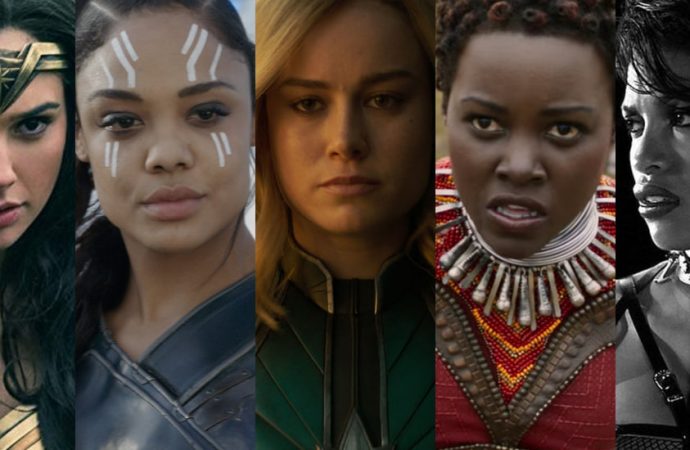Introduction Diversity in entertainment has become a pivotal topic in modern discussions about film and television productions. The industry has seen a significant shift towards inclusivity, reflecting the broader societal push for representation and equality. This article aims to explore the role of diversity in today’s film and TV productions, examining its impact, challenges, and
Introduction
Diversity in entertainment has become a pivotal topic in modern discussions about film and television productions. The industry has seen a significant shift towards inclusivity, reflecting the broader societal push for representation and equality. This article aims to explore the role of diversity in today’s film and TV productions, examining its impact, challenges, and the future of the entertainment landscape.
Historical Context
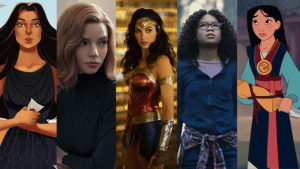
Image by: Google.com
- Early Representations
In the early days of film and television, diversity was often limited, with stereotypical portrayals of different races, genders, and cultures. The industry was dominated by a homogenous group, primarily white and male, which influenced the narratives and character representations.
- Breaking Barriers
The civil rights movement and subsequent social changes in the 20th century began to challenge these norms. Films like “Guess Who’s Coming to Dinner” (1967) and TV shows like “The Jeffersons” (1975-1985) started to break barriers, featuring African American actors in prominent roles and addressing racial issues directly.
The Importance of Diversity
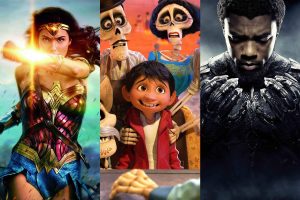
Image by: Google.com
- Reflecting Society
Diversity in entertainment is crucial for accurately reflecting the society we live in. With globalization and multiculturalism on the rise, audiences expect to see a variety of cultures, backgrounds, and experiences represented on screen.
- Enhancing Storytelling
Diverse casts and crews bring unique perspectives and experiences, enriching storytelling. This variety allows for more nuanced characters and plots, making content more relatable and engaging for a broader audience.
- Economic Impact
Studies have shown that diverse films and TV shows often perform better financially. For example, a 2018 study by the Creative Artists Agency found that films with diverse casts outperformed less diverse films at the box office, indicating that audiences are hungry for inclusive content.
Representation Matters
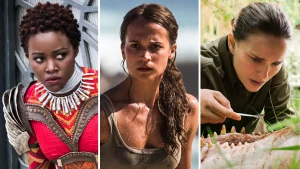
Image by: Google.com
- Race and Ethnicity
Representation of different races and ethnicities has been a significant focus in recent years. Films like “Black Panther” (2018) and TV shows like “Master of None” (2015-2017) have been praised for their authentic portrayal of African and Asian cultures, respectively.
- Gender
Gender diversity has also seen progress, with more female-led productions and stories centered around women’s experiences. The success of films like “Wonder Woman” (2017) and TV shows like “The Handmaid’s Tale” (2017-present) highlight the demand for female representation.
- LGBTQ+ Representation
LGBTQ+ representation has grown, with shows like “Pose” (2018-2021) and films like “Moonlight” (2016) bringing queer stories to the forefront. These productions have been critical in normalizing LGBTQ+ characters and narratives in mainstream media.
- Disability
The portrayal of individuals with disabilities has improved, with more authentic and respectful representations. Shows like “Speechless” (2016-2019) and films like “The Theory of Everything” (2014) have raised awareness and provided a platform for disabled actors and stories.
Challenges and Criticisms
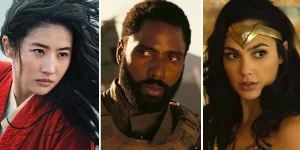
Image by: Google.com
- Tokenism
One of the main criticisms of diversity in entertainment is tokenism, where characters from diverse backgrounds are included superficially without meaningful development. This approach can undermine the goal of genuine representation.
- Stereotyping
Despite progress, stereotyping remains an issue. Characters from minority backgrounds are sometimes portrayed in a way that reinforces negative stereotypes, which can perpetuate harmful biases.
- Behind the Scenes
Diversity behind the camera is just as important as on-screen representation. The industry still struggles with inclusivity in roles such as directors, writers, and producers, which affects the authenticity of the stories being told.
Industry Initiatives

Image by: Google.com
- Diversity Programs
Many studios and networks have implemented diversity programs to address these issues. Initiatives like the Academy of Motion Picture Arts and Sciences’ diversity standards and Netflix’s inclusion policy aim to create more opportunities for underrepresented groups.
- Festivals and Awards
Film festivals and awards have also played a role in promoting diversity. Events like the Sundance Film Festival and the NAACP Image Awards celebrate diverse voices and stories, providing a platform for marginalized creators.
The Future of Diversity in Entertainment
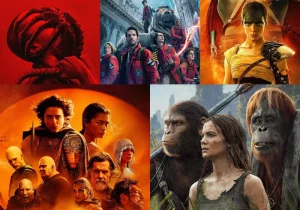
Image by: Google.com
- Continued Advocacy
Advocacy for diversity in entertainment is likely to continue, driven by both industry insiders and audiences. Social media has given fans a voice, allowing them to demand better representation and hold producers accountable.
- Global Influence
As the industry becomes more global, there will be increased opportunities for international stories and talent. This globalization can lead to a richer, more diverse entertainment landscape.
- Technological Advancements
Advancements in technology, such as streaming services and digital platforms, have democratized content creation. Independent filmmakers and creators from diverse backgrounds now have more opportunities to share their stories with the world.
Conclusion
Diversity in entertainment is not just a trend but a fundamental aspect of modern storytelling. It enriches the film and television landscape, making it more reflective of the world we live in. While challenges remain, the progress made so far is promising, and the future looks bright for inclusive and diverse content. As the industry continues to evolve, the role of diversity will undoubtedly become even more integral to the success and relevance of film and TV productions.

